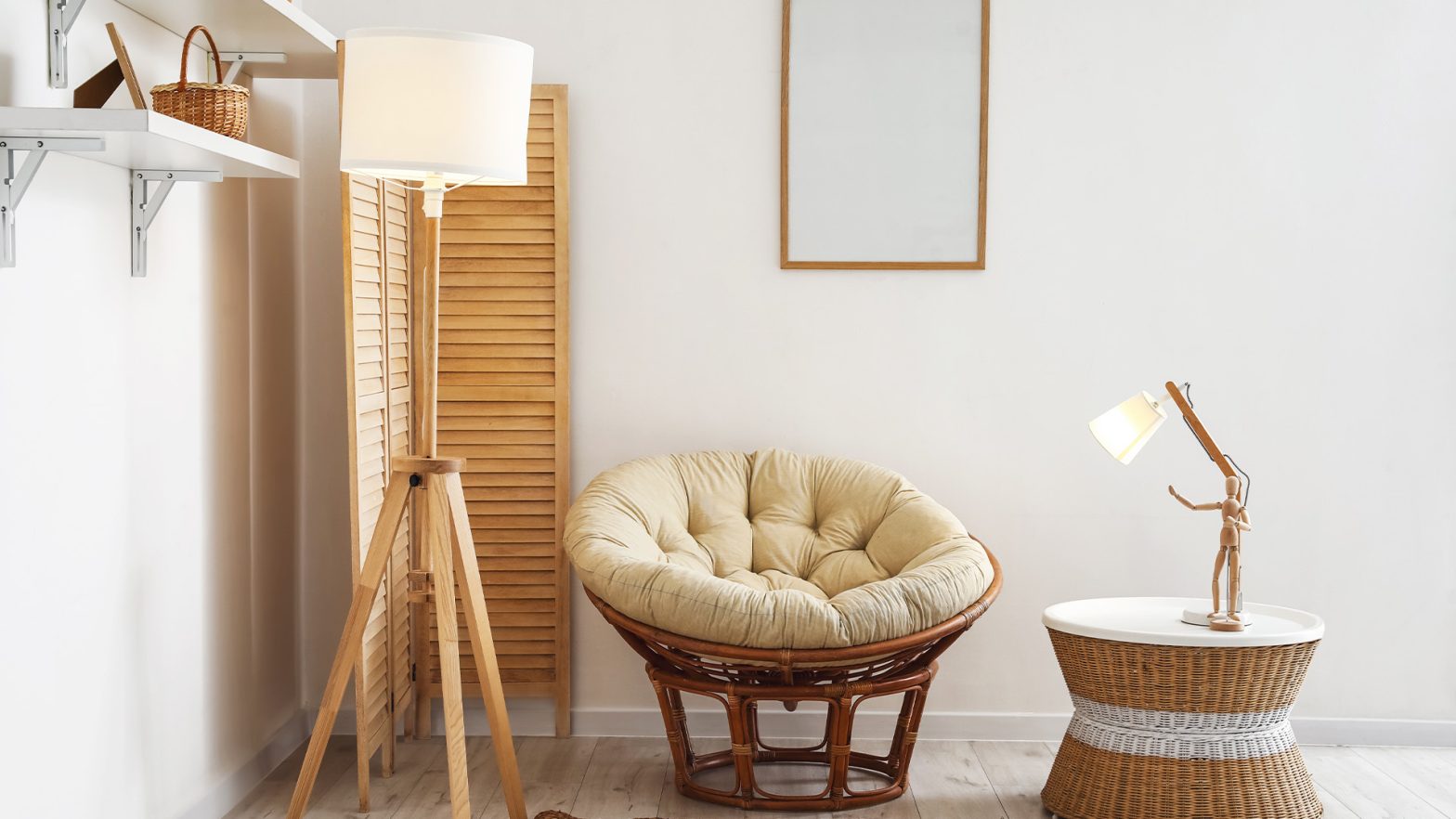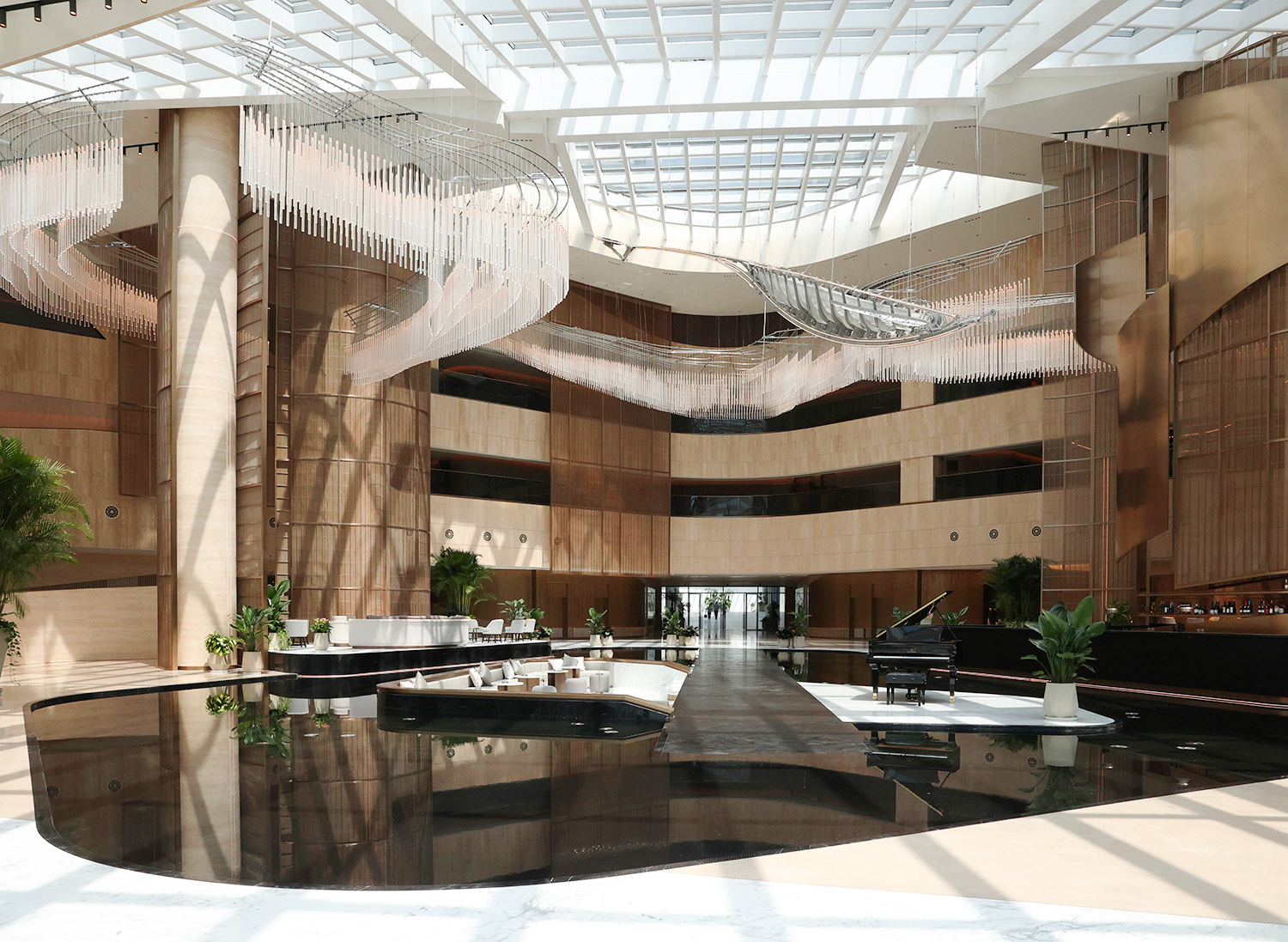
It’s important to remember the role lighting plays in our overall mood and wellbeing. As we all become more reliant on artificial lighting during the autumn and winter months, knowing the correct way to illuminate your home is vital.
While it can be tempting to simply flick on the ceiling lights or opt for the brightest and most convenient lighting scheme, experts reveal that some of the most common solutions have the ability to cause stress, headaches and even disrupt your circadian rhythm!
Below, the experts at ValueLights explain why certain lighting in our homes is best avoided and what to opt for instead.
Six lighting mistakes to avoid:
1. Mismatched lighting temperatures
Marlena Kaminska, designer at ValueLights says: “Not all bulbs are created equally, and one of the most important things to consider is the colour temperature emitted. Whether you opt for warmer (lower Kelvin) bulbs or cooler (higher Kelvin) bulbs, always aim to keep this consistent across your fixtures in each room.
“Using bulbs with varying colour temperatures together in one room risks creating an inconsistent ambience and can cause subliminal stress. Installing a cool-toned ceiling light bulb in a room full of warm accent lighting, for example, will significantly disrupt the cosiness of your space and can feel confusing.”
2. Not balancing your bedside table lighting
Marlena says: “Incorrect positioning of your bedside table lamps not only makes them less effective to use but may also throw off your room’s symmetry.
“According to Feng Shui principles, you should always try to create an even balance on both sides of your bed. This applies to the size, height, colour and brightness of your table lamps. If the Feng shui isn’t right, your bedroom might feel cluttered and stressful, impacting your sleep.”
3. Not using lighting zones
Marlena explains: “Each room in your house has a different purpose, and you should always seek to reflect this within your lighting scheme.
“Lighting in your kitchen, for example, needs to be task-based to ensure the worktops, sink and oven all receive proper illumination. The best way to achieve this is with focused lighting.
“While lighting in the kitchen needs to be bright enough to ensure precision and enhance safety, this is less important when we move into the living room. Here, create a space for relaxation and socialisation by creating a warm, ambient lighting zone.
“Having lighting which matches the requirements of each room fosters a sense of balance between you and your home, inviting in a positive energy which will instantly make you feel calmer”
4. Lacking lighting control
Marlena explains: “As natural light fluctuates throughout the day, your lighting at home needs to adapt to complement these changes. Not doing so can put a strain on your eyes as they struggle to adjust to the different brightness and mood levels. You may also find your lighting feels ‘loud’ which can be stress-inducing.
“Balancing your artificial lighting with natural light can be made far easier with smart lighting and dimmer switches.
“Setting up timers and using smart bulbs is an easy way to elevate your everyday routine, easing you into the morning and helping you wind down at night. Similarly, dimmers allow you to perfectly adjust your lighting for every mood and occasion.”
5. Improperly sized fixtures
Marlena says: “The proportions of your fixtures is one of the easiest factors to overlook but can cause one of the biggest aesthetic eyesores and distractions in your living space.
“Getting the scale of your lighting in alignment with your room’s layout and size is vital to ensure it creates the desired impact within your space – both practically and aesthetically.
“Try not to be too modest with your choices. Choosing a light fixture that is too small for your living room may provide inadequate illumination, leaving you with shadowy corners. Pay special attention to this in any reading spots or home offices as dim lighting makes it difficult to focus, which can cause fatigue.”
6. Ill-placed light switches
Marlena explains: “One of the most common lighting mistakes we see which causes frustration is ill-placed light switches.
“If you’re in the process of designing a lighting scheme, think carefully about how you can place your switches to ensure a seamless and stress-free living experience. There’s nothing more annoying than having to walk back and forth out of a room to turn your light on/off!”
How to choose the best lighting for your well-being:
Psychotherapist, Dr Jo Gee says: “Light has a vital role in the function of our nervous and endocrine systems and, as a result, in how we feel day to day. A 2011 study of lighting in the home found that there was a significant link between depression and inadequate home lighting. Further studies have proven how proper daytime illumination in the home can even prevent depression and low mood.
“Light is also vital in our sleep cycles, and how much sleep we get. Circadian lighting supports our circadian rhythm, which is our body’s internal clock. Both natural and artificial lighting in the home can regulate our body clock’s day/night cycles, and in turn improve sleep, mood, and our overall sense of well-being.
“Many people experience a low mood in the winter months which follows a seasonal pattern and is known as Seasonal Affective Disorder. Artificial lighting in the home can be particularly important here, reversing the drop in our feel-good neurotransmitter, serotonin; a drop which comes about from the reduction of natural light.”
Marlena advises: “Do what you can to mimic the dynamic positioning of natural light by playing with floor lamps and table lamps throughout your rooms.
“If you can, choose daylight-mimicking bulbs to lower stress and boost alertness during the day. In the evening, give your eyes a break by opting instead for calming, warm-toned bulbs”


































